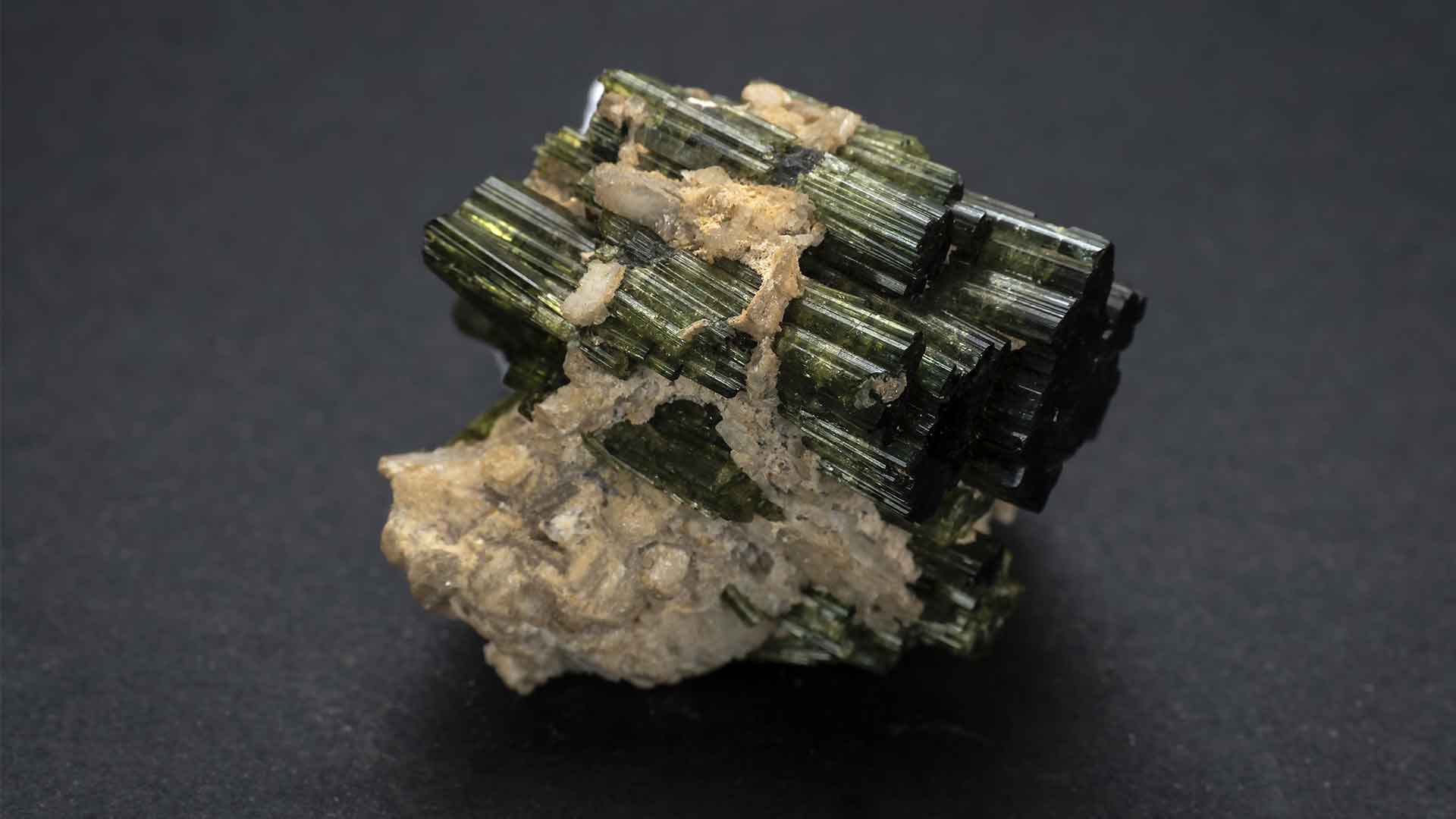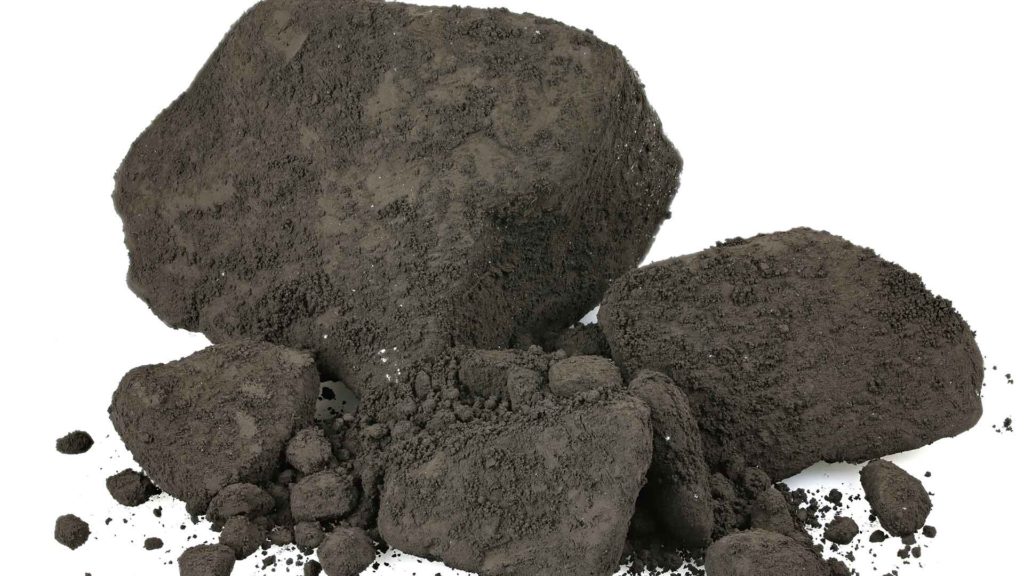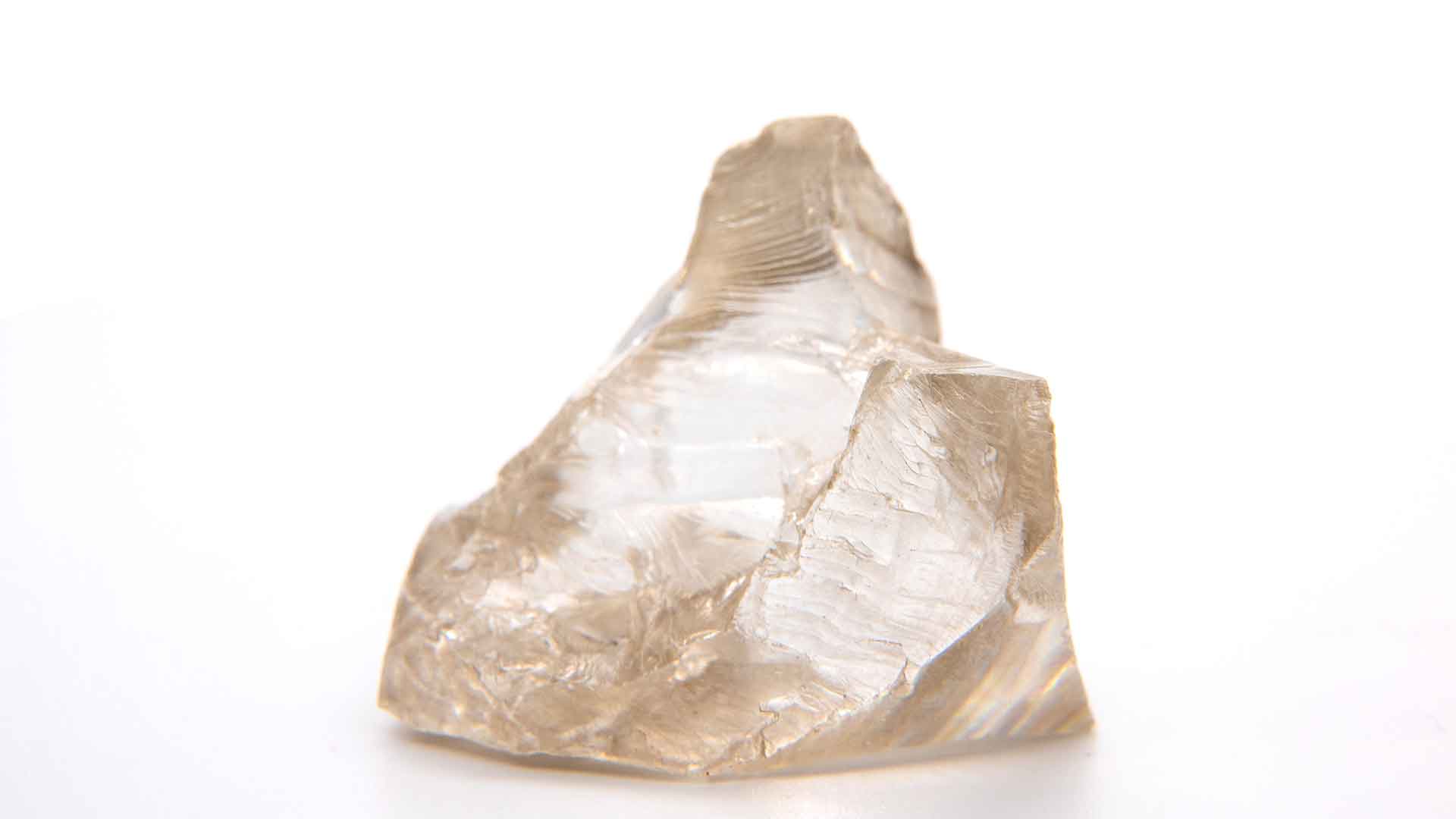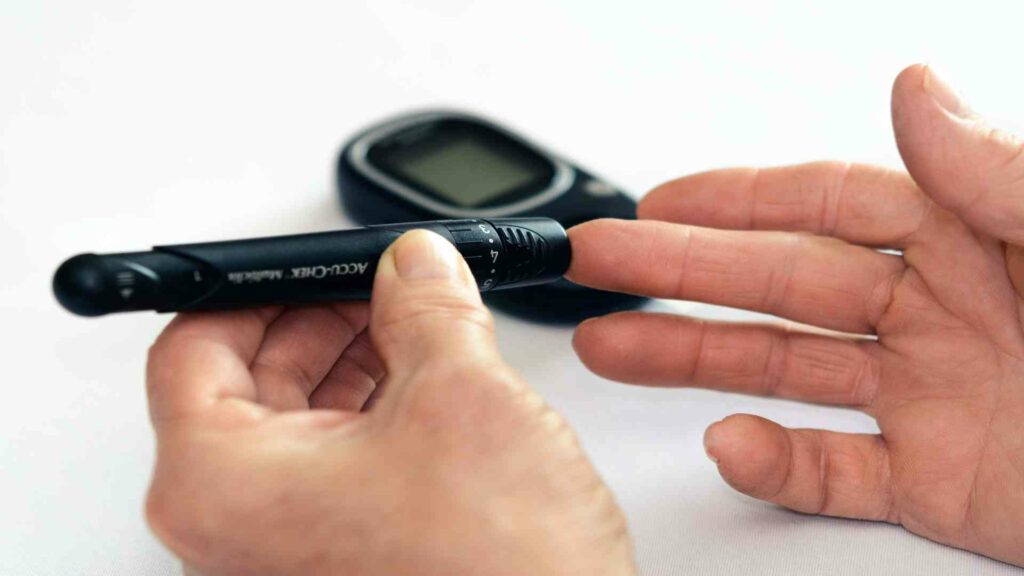
Boron vs Lithium: What is the Difference?
Boron is often a great substitute for lithium. It has many industrial applications as compared to Lithium. It is an element that has many similarities to lithium, but also some key differences. Boron can be found in the earth’s crust and it exists naturally as boric acid. The two elements have similar properties such as melting points, boiling points, and lengths of atomic chains. They both react with water to form hydrogen gas, which makes them useful for hydrogen fuel cells.
Lithium and boron are two different elements that many people don’t know the difference between them. It is less reactive than lithium, making it a safer chemical to use when creating batteries for anything from cell phones to cars, because of its low reactivity with other compounds or chemicals. It also has higher potential energy than lithium which it gives off in ionized form, making it more efficient at storing power over a smaller area.
They are two metals with many distinguishing features that have some similarities as well. First off, they’re both highly alkaline, meaning they react strongly to water or corrosion by acids like those in your stomach acid because of their low pH values. But they do differ in some respects too-boron being more abundant than lithium due to it being found abundantly in earth minerals such as clay and granite while lithium is usually a byproduct of mining.
Properties of Boron

Boron is a chemical element that has no strong radioactivity, low toxicity, and a rather high melting point. It forms ionic bonds with air-stable compounds; most notably boric acid. It also chemically reacts to form metal alloys for many purposes such as the production of linings, wear plates, and heat shields for industrial furnaces. Borosilicate glasses are less fragile than normal glass when heated so they have been used in dishes because they can withstand higher temperatures without breaking or cracking due to thermal shock.
Properties of Lithium

Lithium is a chemical element that has the symbol Li on the periodic table. It’s mainly used in batteries, but also for specialized glass and ceramics production. Property of lithium includes commercial compounds with a high melting point, low radioactivity, good thermal stability, and reactivity towards water (likes to coat objects). Lithium is a chemical element that is found mostly in the Earth’s crust. It’s famous for being able to withstand higher temperatures than other elements and carries an electric charge. Lithium has been used by various companies, such as camera battery manufacturers, to create products ranging from TVs to cars.
Benefits of Boron: Industrial Uses
Boron functional metal has been gaining popularity in the industrial sector. Unique and compelling features of this product are: It is an advantageous solution as it does not react with many other materials, is stable in a variety of atmospheres, and maintains its mechanical properties in various environments, making it effective both indoors or outside. Boron and Borates are an essential part of the following Industrial applications:
ADHESIVES, CAULKS, AND SEALANTS: It has many applications inside and outside of the home, such as glue used for construction. It is also found in sealants such as clear caulk and silicone adhesive. Boring without boron, so break out that adhesives. Seal up your leaks on the go with a tube of silicone adhesive from Boron to make your pipes new again with our foamable sealant.
AGRICULTURE: Boron is a trace element that promotes root growth in plants, enhances the ability of plants to use water and resist stress, improves their disease resistance and quality.
BATTERIES AND CAPACITORS: Boron is the main ingredient in the production of capacitors and batteries. It is a magic metal with rare earth qualities, providing strength and durability to any product. When it is introduced into a battery, it not only improves its storage capacity but also makes your battery last longer, promising you hours-long backup power.
CERAMICS, ENAMELS, AND GLAZES: Boron is a chemical element that can be used in the making of ceramics, enamel, and glazes. Borax or Boric Acid solutions are agents for coating materials to produce merinos which are then applied to surfaces on vases and other artefacts. There also exists an industrially manufactured form of boron called metaborates (opaque white powder) which has various uses as an additive in putty plasters, mortar cement, firing clays, and fluxes for glassmaking.
CLEANERS AND DETERGENTS: Boron is a nontoxic metalloid chemical element that has long been used to remove unwanted stains, fats, and grease from fabrics.
FIRE RETARDANCY: Boron is an element mined from the earth that can be used in fire retardants. Borates are added to insulation materials, plastics, adhesives, and paints to slow down or stop fires.
GLASS AND TEXTILE FIBERGLASS: Boron glass is a silicate material engineered to be resilient and lightweight at the same time. It offers excellent thermal insulation, conductivity, hardness, and a low weight-to-density ratio relative to other materials.
INDUSTRIAL FLUIDS AND LUBRICANTS: Boron is an inorganic chemical element, and a metalloid. It exists as boron oxide or bi-oxide at room temperature depending on the application environment. When it comes to lubricants used in heavy industries, like mining or construction sites, having boron in your fluids and lubricant ensures that there will be no corrosion between strong pieces of metal upon contact.
INSULATION: Boron molecules create strong, tight bonds that provide insulation. It is also a great material for heat transfer. In insulation is the best way to keep any place warm during the winter.
METALS AND GOLD: Boron is a radioactive isotope with an atomic weight of 10 and filling number 1. You’ll find it in metals and gold because it helps produce borides, which are metallic solids made up of boron atoms bonded together by precision alloys like aluminium or titanium.
NUCLEAR ENERGY: Boron is an element that does not react much to the environment, but it plays a crucial role in nuclear energy. This chemical element helps solidify radioactive material into our country’s nuclear reactors with only 1 per cent of all the natural boron on Earth being used for this purpose. Boron in Nuclear Energy leaves barely traces of traditional radiation as well, and its power plants release less carbon dioxide than traditional fossil fuels per watt of electricity generated.
OIL AND GAS PRODUCTION: Boron is used in the water-wash process of oil and gas production to hydrate clay, hydrocarbon, and solvent. It’s also responsible for maintaining equilibrium throughout the production phase. Boron is a mineral rock, a naturally occurring form of Boric acid. Hydrocarbons bind to boron ions during oil refining, which cleans off impurities that get left behind from crude processing phases like extraction or natural evaporation.
PHARMACEUTICAL USE: Boron in pharmacy is a chemical element that humans consume as a nutrient. These supplements are useful for those with calcium and vitamin D deficiencies and provide relief from the pain of osteoporosis. Boron can also help maintain strong bones and healthy muscles, which leads to fewer falls for seniors who often experience these conditions. No one has experienced side effects or other negative symptoms due to supplementation with this substance at levels deemed safe by the FDA.
POLYMERS: Boron atoms in POLYMERS are a highly reactive and dynamic component that brings significant flexibility to the material. Boron is present at one-half percent concentration in most of these products, which typically consist of 30% roles. The boron enhances recrystallization, delaying or inhibiting crystallographic phase transitions. This latter property has important implications for use as additives to polymers where it can be used to control shrinkage on cross locking polymer systems
WOOD PROTECTION AND BIOCIDES: Boron is a natural mineral in the earth’s crust. It provides wood protection and biocides to help with mold prevention while enhancing cell growth and promoting rapid plant growth. Boron, combined with other ingredients for the wood industry.
Benefits of Lithium: Industrial Uses
Lithium metal is a soft, silver-white metallic element that tarnishes when exposed to air. It has an extreme affinity for oxygen and even conducts electricity well in the molten state. In nature, Lithium forms only in dusty stars, where it exists as part of the interstellar gas mixture along with other elements like sodium. When desiccated or reacted with water at ambient temperatures Lithium captures hydrogen reversibly to form the ionic compound lithium hydride (LiH), also known as Li3H2. Lithium is found in the following products:
LITHIUM BATTERY: Li-ion is the most common type of rechargeable battery used on portable devices like smartphones, tablets, and laptops. LITHIUM BATTERY boasts a power density up to 5 times that of other rechargeable batteries because it stores 20% more charge than NiCd or NiMH batteries.
MEDICATION FOR BIPOLAR DISORDER OR DEPRESSION: Lithium in medicines is a valuable resource for recovering from many mental disorders, such as bipolar disorder and major depressive disorder. Yet it also has the potential to be lethal; emotional instability can lead users to self-harm or suicide. You should consult your doctor before using this drug because of its potentially life-threatening effects.
CERAMIC AND GLASS: Lithium in CERAMIC AND GLASS is a perfect, safe, and ambient way to store your most precious possessions. The sleek case slides with the power of one’s hand like silk across the paper. It will never open when you do not wish for it to open, yet always allows you quick access should you so require it. Lined beautifully with aluminum foil upon an MDF wood frame, this product is nothing short of elegant.
ELECTRICAL AND ELECTRONIC: Lithium is one of the strongest metals on Earth and has a proton count only second to that of hydrogen. It’s an essential component in many electronic products like circuit boards and drills. Lithium comes in various forms, but most commonly as lithium-ion batteries. These are used in power tools, electric scooters, laptops, digital cameras, phones, or anything with a rechargeable battery.
METALLURGY: Lithium in METALLURGY is the quintessential solution for anyone who needs to get work done. Just because you’re grinding things apart doesn’t mean you have to grind your head. Lithium in METALLURGY makes boring, monotonous tasks bearable by staying engaged and alert, providing hours of relief from any workplace headache or anxiety.





